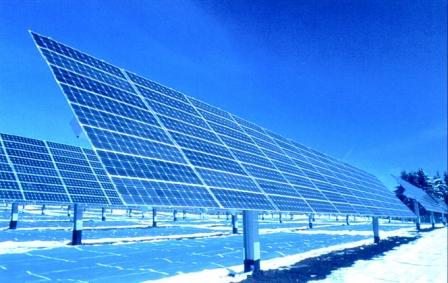Greentech Lead America: A new report from Navigant Research finds that 220 gigawatts of distributed solar PV capacity will be installed between 2013 and 2018, representing $540 billion in revenue during this time.
Though this market is still primarily driven by government incentives, distributed solar PV will continue its steady march toward grid parity in major markets over the next few years, the report said.
The advantage of distributed solar photovoltaic system is that it produces electricity onsite, thereby reducing the need to build new transmission capacity and avoiding line losses.
In line with this trend, global electric power industry is evolving from a financial and engineering model that relies on large centralized power plants owned by utilities to one that is more diverse, in terms of both the sources of generation and the ownership of the generation assets.
“Used in applications ranging from residential to small commercial to industrial settings, distributed solar generation offers significant benefits to consumers while adding resiliency to an electric grid evolving beyond the traditional centralized model,” says Dexter Gauntlett, research analyst with Navigant Research.
Even as distributed solar technologies have become more cost-effective, many governments are reining in popular feed-in tariffs in leading markets. The industry is fully aware that lucrative financial incentives will not be around forever.
The year 2017 (the year after solar PV investment tax credits expire in the United States) is viewed as the year that solar PV will be able to stand on its own, without government support, according to experts.

